AI enhances hospital construction safety, efficiency, and sustainability—from site assessment to post-build optimization.
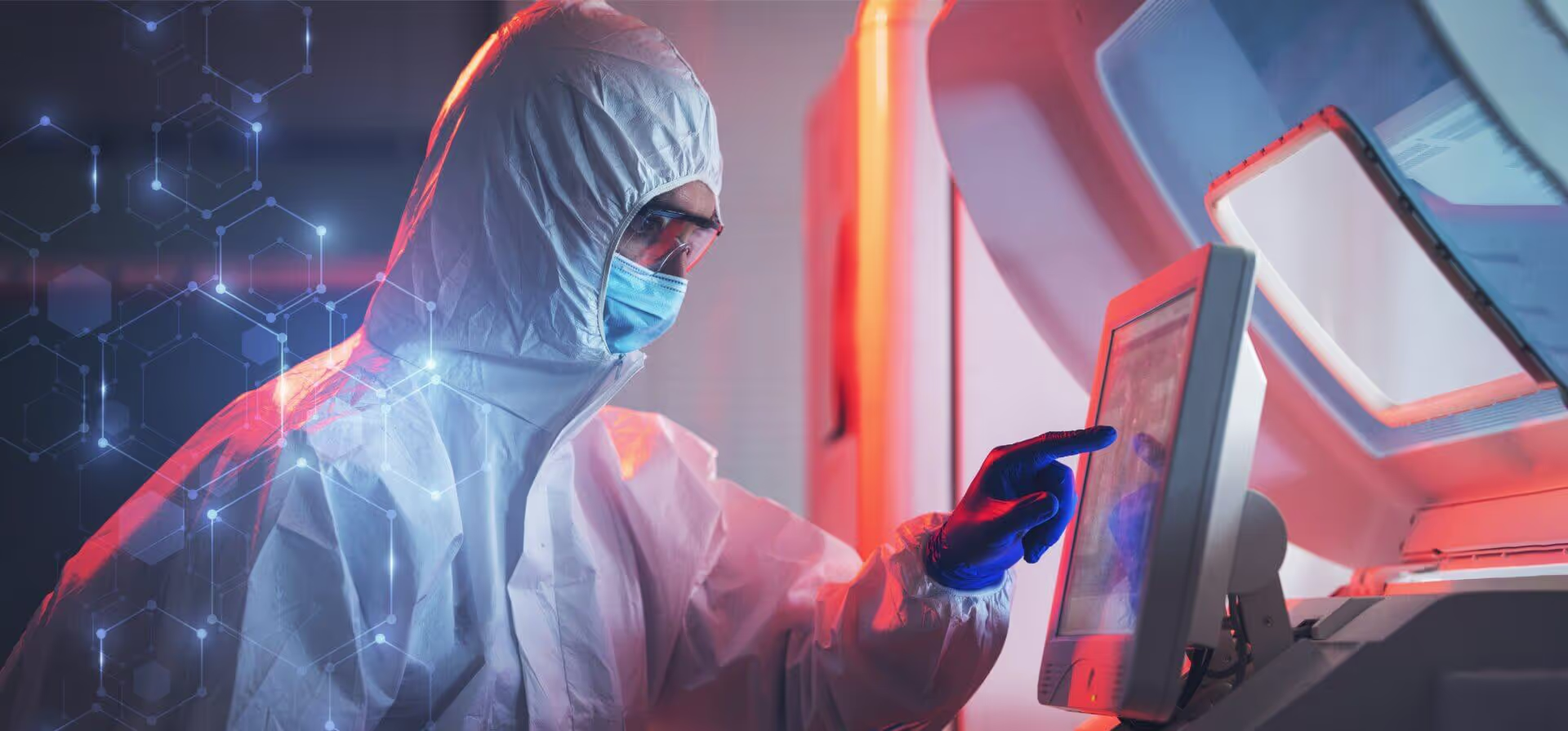
Hospitals serve as health sanctuaries where well-being is restored and maintained. The process of constructing these critical infrastructures, however, has its set of challenges. With the rising complexity of modern healthcare facilities and the immense responsibility they shoulder, the stakes have never been higher.
Enter AI for construction safety, an advanced tool that's changing how we build hospitals, ensuring that the foundations of these health citadels are as secure as the care they provide.
Building a hospital is significantly different from constructing a residential or commercial building. These projects involve specialized areas such as operating theatres, radiology units, and isolation wards. Their air conditioning, electrical circuits, and plumbing complexity make them unique. This intricacy means that any construction error can severely affect patient care, making safety paramount.

Traditional construction methods, while reliable, can sometimes fail to ensure 100% safety due to human error. This is where AI for construction safety comes into the picture, offering solutions previously thought impossible:
A modern construction goal, especially for hospitals, is ensuring structures are sustainable and environmentally friendly. AI for construction safety plays an unexpected role in this:
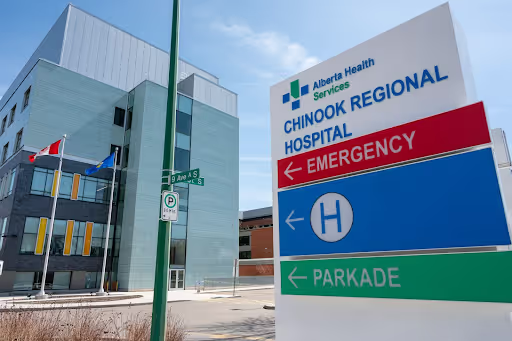
2.1 Air Quality and Emissions Monitoring: Maintaining healthy indoor air quality and monitoring emissions are crucial for sustainable construction. AI monitoring systems can collect data on air quality parameters and detect harmful substances in real time. By continuously monitoring and analyzing these metrics, construction teams can take immediate corrective actions to mitigate risks, ensuring a safer and healthier environment for workers and occupants.
2.2 Water Management and Conservation: Water scarcity is a growing concern, making efficient water management an essential aspect of sustainable construction. AI monitoring systems can track water usage, identify leaks or inefficient consumption patterns, and provide insights for optimizing water conservation strategies. Invigilo AI's solutions, for instance, employ machine learning algorithms to analyze water usage data, facilitating intelligent water management decisions.
Communication is the bedrock of any successful construction project. AI brings precision and clarity to this process:
Training construction workers for hospital projects requires a deep understanding of such projects' unique challenges. AI can revolutionize this training process:
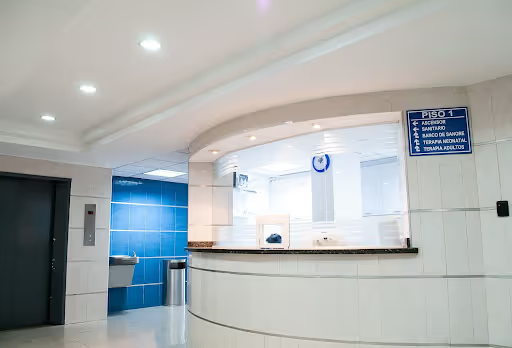
The role of AI in construction safety continues even after the hospital building is completed. Post-construction, these systems play a crucial role:
For companies like Invigilo in Singapore, integrating AI for construction safety, especially in hospital projects, isn't just a technological advancement—it's a commitment. It's about ensuring that the sanctuaries of health we build today stand the test of time and serve communities with the unwavering assurance of safety and reliability.
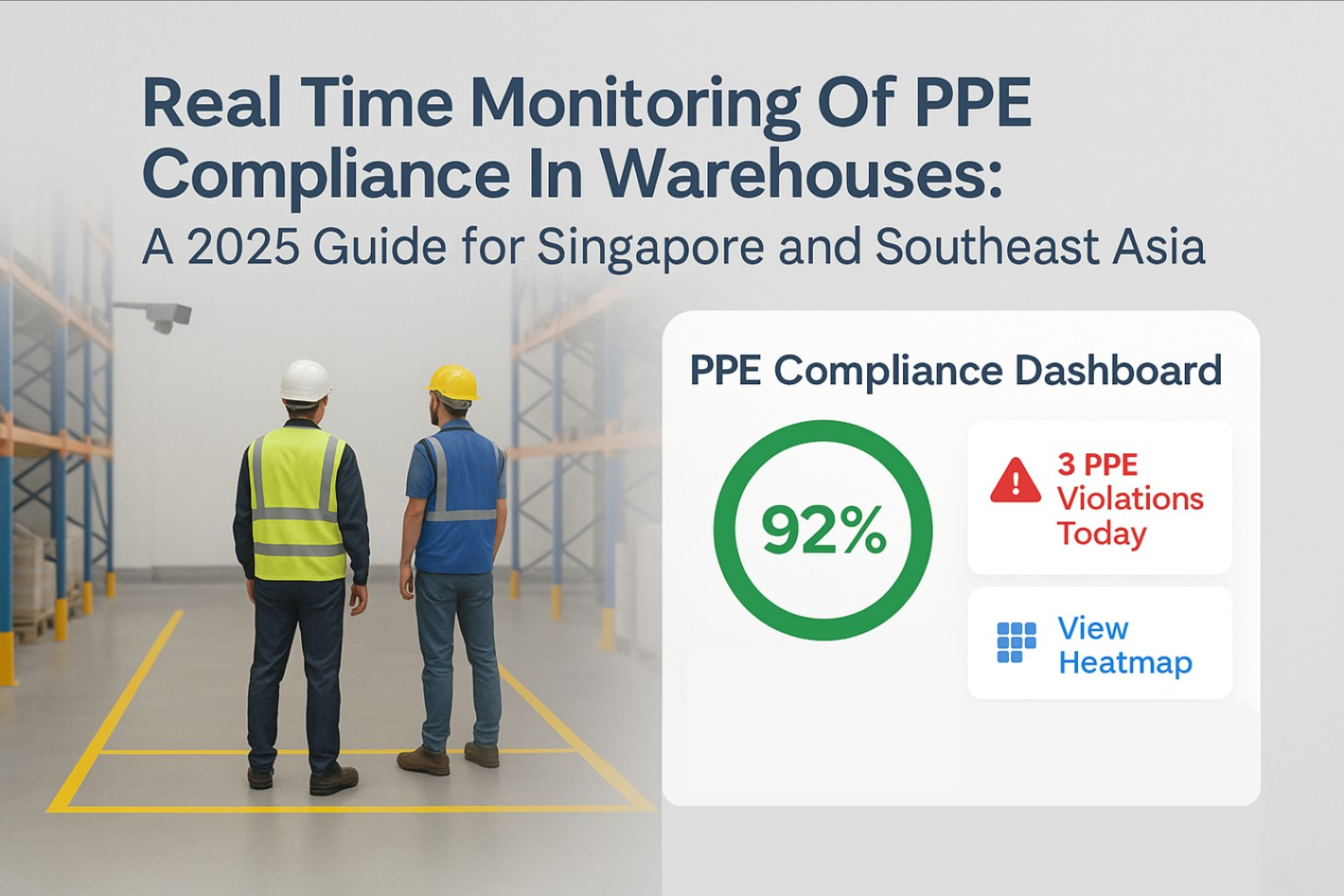
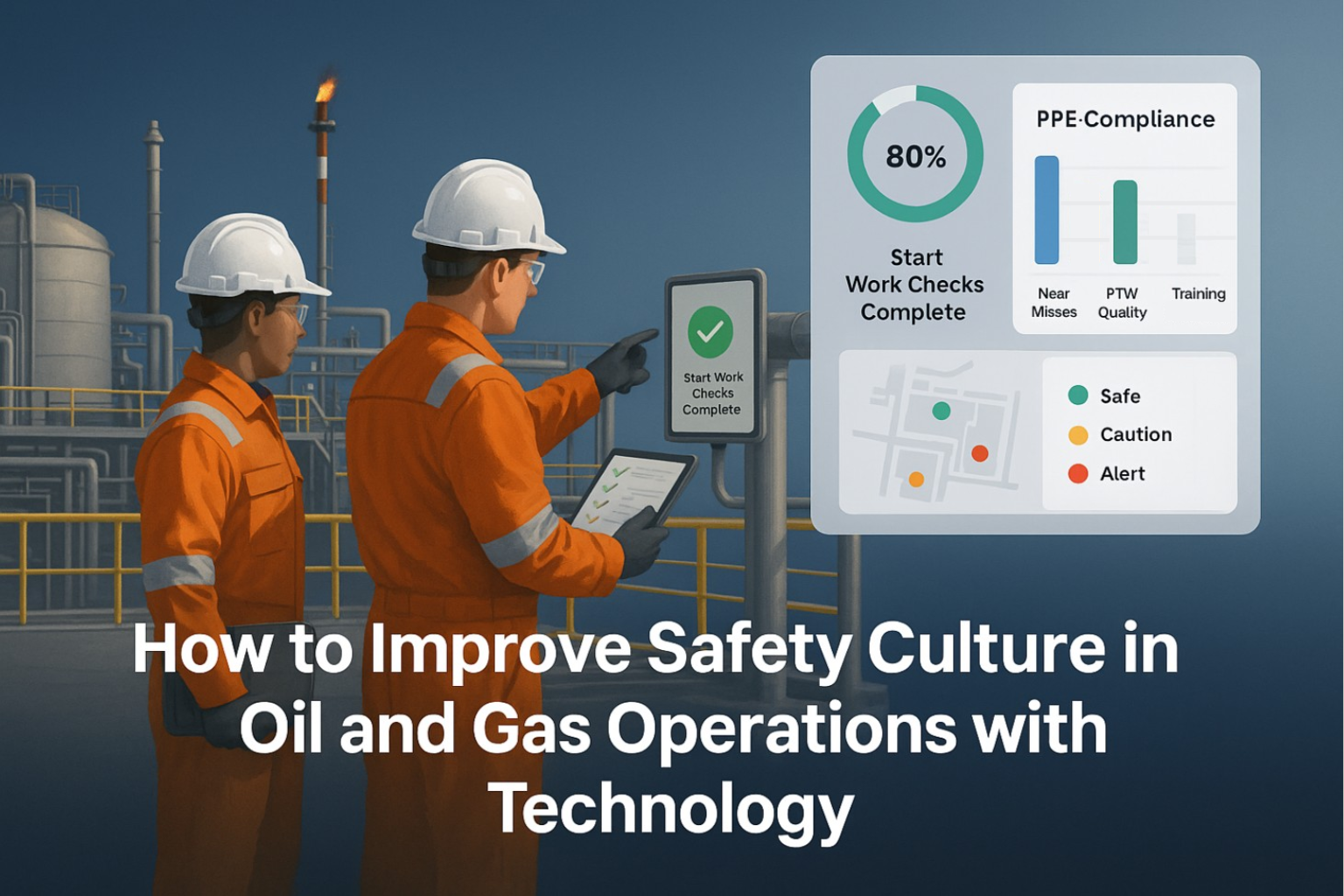
A practical playbook that turns safety culture into repeatable behaviours. Pair IOGP Life-Saving Rules and Start Work Checks with AI vision on existing cameras, digital PTW, LoRaWAN sensors and digital twins; track a small set of leading indicators, run a four-week pilot, and scale with privacy-first governance.

Learn how to build a weekly safety dashboard from systems you already have, then layer AI video analytics on existing CCTV to quantify PPE and proximity risks by shift and zone. The article covers schema design, data contracts, quality checks, a practical pilot plan, and how to link improvements to reduced claims, downtime and penalties. Templates for ISO 45001 or OSHA exports and vendor validation steps are included.
Ready to elevate safety in your operations? Let’s talk!
Contact us today for a personalized demo.
